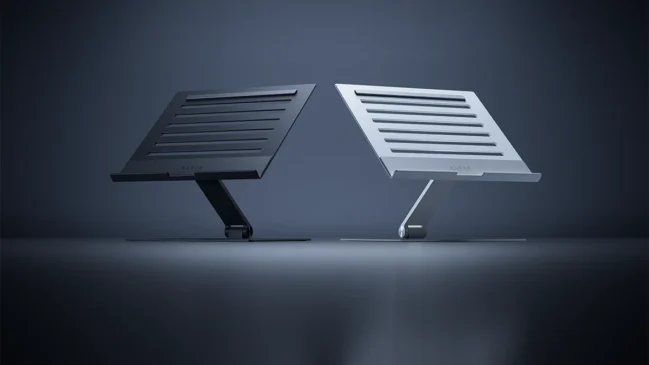
One of the major thing at the conference of Google I/O except Android M was the launch of Google Photos. The new service is good news for users and an important step for Google, who knows how important photos are for its business.
It was already known some time before that Google will separate the service of Google+ with Photos. But the pleasant surprise came from the fact that it is not just a simple rebranding or repositioning of the product. Google Photos comes with new applications and features that make it attractive for many who want to keep photos online.
After a week of using it, we turned it on all sides, we found plenty of aspects that makes it a worthy rival, maybe not immediately. But in future perspective, even services like Flickr and Facebook can get a run for their money by Google.
When you use Google Photos images you can have two quality options to store the photos: High Quality and Original. If you choose the first option you have unlimited space, but images with high resolution (above 16 MP images) will be compressed automatically. In the case of the second option, it will be saved as they are, but you need to limit yourself to the common space allotted to Google.

Google seems to have developed an algorithm that achieves this High-Quality option with no quality loss for the picture. Sometimes when you compress the images you don’t even notice the difference between the original and the compressed image.
We’re used to that when we talk about a collection of photos, this is limited to EXIF information – date, description, tag and save each file. Not only that, in addition, Google has (but only Neff, Microsoft has something similar on OneDrive) optical recognition system for certain scenarios like-mountains, sky, beach, flowers, trees, food, cars, playgrounds weddings, cats, dogs, birds, castles, statues, caves, picnics and more. The system makes an unexpectedly good job in recognizing and automatically categorizing your photos. And all this data can be unearthed by a banal search for terms like those already mentioned.
The versions for Android, iPhone, iPad, and the browser client , share the same principles of design, so you do not have the slightest difficulty in using any version.
Also, mobile applications include gestures that modify the appearance of the photos. Using the classic in and out pinch, you can choose one of four display modes with thumbnails to make photos larger or smaller.

An important aspect, especially for iOS app, is that it can completely replace Apple photo app. This is because, the Google Photo will display all images, including local ones that were not automatically synchronized and as it provides the user with a set of edit function similar to that offered by Apple. Basically, Google provides iOS users unlimited online storage space, as an alternative to the free only 5GB iCloud offer for all applications and files synchronized on Apple devices.
Only lacking advanced photo processing functions, Google Photos at this moment seems to be enough for most users. The available options are excellent and are available for mobile applications. So don’t get upset you can still edit your photos with ease.
By default all photos uploaded to Google Photos, whichever method is used, they are very secured. To share a post on social networks, you can choose to generate a public link. Photos or albums with public links will not be displayed anywhere in public but can be viewed only by those to whom you send the link.
Google Photos seems to be the ideal photo service that Google was craving for so long. It should be only slightly carved and then solidified with a strong social dimension.








